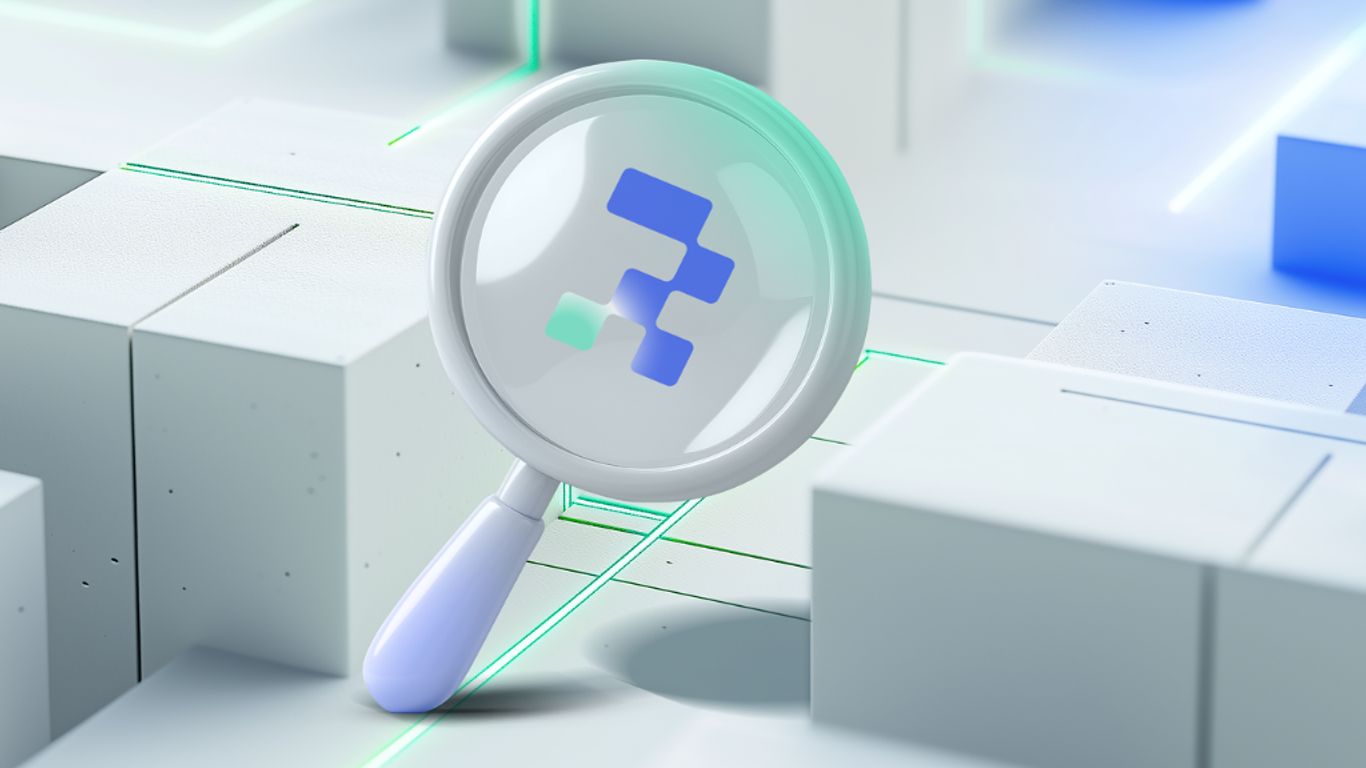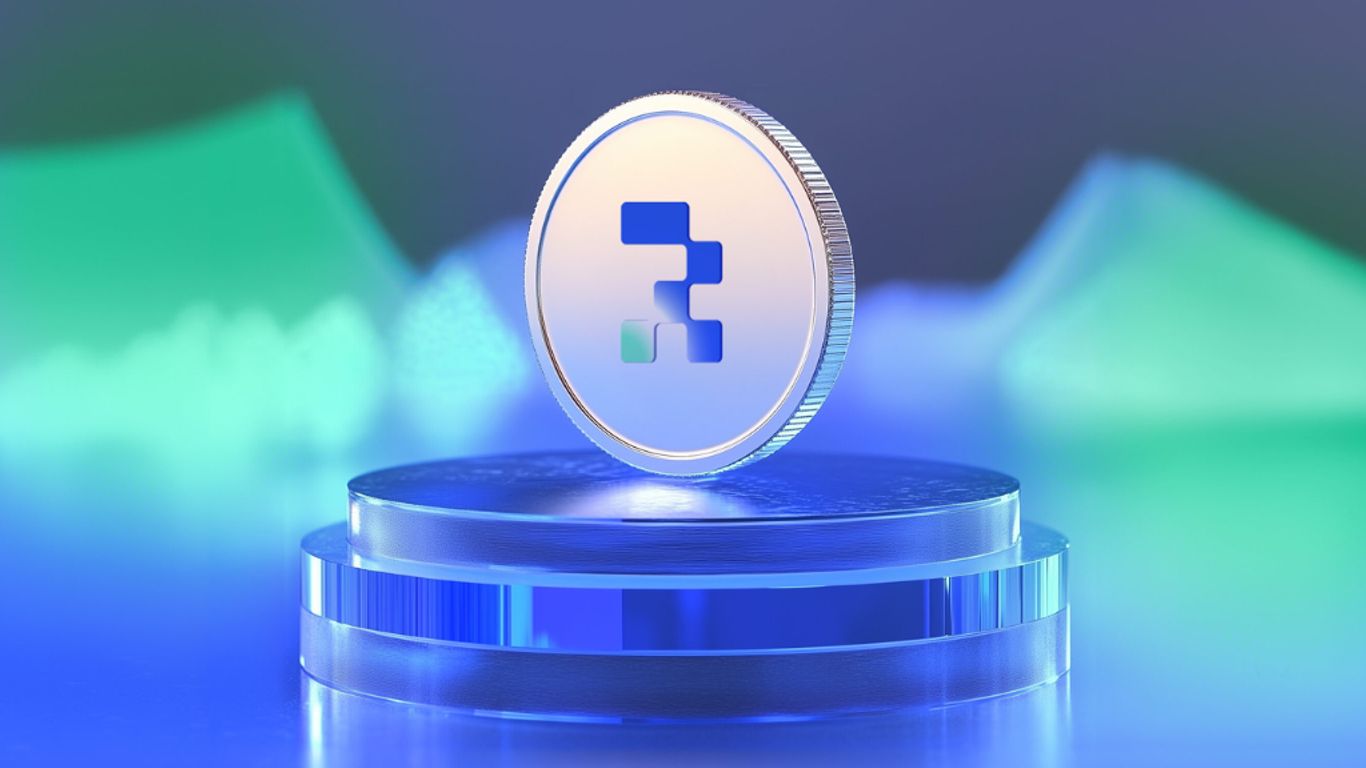Tokenization of real-world assets (RWAs) is changing the financial industry. By using blockchain, we can turn physical items like buildings and art into digital tokens. These tokens make it easier to buy, sell, and manage assets. Let's explore the top 5 ways RWA tokenization is being used in finance.
Key Takeaways
- Tokenizing real estate helps people invest in property without buying a whole building.
- Art tokenization allows more people to own and trade valuable art pieces.
- Securities tokenization makes it easier to trade stocks and bonds anytime, anywhere.
- Physical objects like luxury goods can be tokenized for better management and collateral use.
- Commodities tokenization enables smoother trading of items like gold and oil.
1. Real Estate
Tokenizing real estate is a game-changer in the property market. It allows for fractional ownership, meaning you can own a small part of a property instead of buying the whole thing. For example, a million-dollar property can be divided into 100,000 tokens, each worth $10. This makes real estate investment more accessible to everyone.
Benefits of Real Estate Tokenization
- Increased Liquidity: Real estate is traditionally an illiquid asset. Tokenization makes it easier to buy and sell property shares quickly.
- Global Investment: Investors from around the world can buy tokens and own a piece of property without ever visiting it.
- Fractional Ownership: This is a compelling use case for real-estate tokenization, enabling fractional ownership of a property.
How It Works
- Property Valuation: The property is appraised to determine its market value.
- Token Creation: The property is divided into tokens, each representing a fraction of the property.
- Marketplace Listing: Tokens are listed on a marketplace where investors can buy them.
- Ownership Transfer: When tokens are purchased, ownership is recorded on the blockchain.
Tokenized real estate opens up new opportunities for small investors and brings more liquidity to the market. It's a win-win for everyone involved.
Real-World Example
RealT is a project that offers fractional real estate ownership. Investors can buy tokens starting at $50, making it easy for anyone to get started in real estate investing.
2. Art
Tokenizing art transforms physical assets like paintings into digital tokens, making it easier to trade and own them collectively on blockchains. This process records ownership details on the blockchain, ensuring the artwork's originality and providing a transparent ownership history for potential buyers.
Tokenized art allows for fractional ownership, enabling multiple investors to own a piece of expensive artwork. For instance, a famous painting worth millions can be divided into smaller shares, making it accessible to a broader range of investors.
Tokenized art also facilitates trading opportunities similar to cryptocurrencies. This creates price appreciation for high-demand artwork, as it can be traded on various supported marketplaces.
Tokenizing art not only democratizes access to valuable pieces but also enhances liquidity and transparency in the art market.
Platforms like Maecenas enable users to buy, sell, or trade tokenized fine art, supporting payments in both fiat currencies and cryptocurrencies, with global access 24/7.
3. Securities
Tokenizing securities is transforming the financial industry by making it more efficient and accessible. Tokenized financial assets are scaling rapidly, giving financial institutions with blockchain capabilities a strategic edge in the evolving financial landscape.
Benefits of Tokenizing Securities
- Increased Efficiency: Tokenization streamlines the issuance, trading, and settlement of securities, reducing the time and cost involved.
- Broader Access: It opens up investment opportunities to a wider pool of investors, including those who previously couldn't afford to participate.
- Enhanced Liquidity: Tokenized securities can be traded 24/7 on decentralized exchanges, providing greater liquidity compared to traditional markets.
Types of Tokenized Securities
- Equities: Stocks can be tokenized, allowing for fractional ownership and easier trading.
- Bonds: Tokenized bonds can automate interest payments and other functions through smart contracts.
- Asset-Backed Securities: These include securities backed by real estate, loans, or other assets, offering new investment opportunities.
Tokenization of debt securities like traditional bonds can increase efficiency, reduce settlement times, and open access to a broader investor pool.
Real-World Examples
- HSBC Orion: Helped the Hong Kong Monetary Authority issue a digital green bond on a private blockchain, valued at over $760 million.
- MAS’ Project Guardian: Collaborated with JP Morgan, DBS Bank, and SBI Digital Asset Holding to tokenize government bonds and foreign exchange transactions.
Future Outlook
The future of tokenized securities looks promising, with ongoing advancements in blockchain technology and increasing adoption by traditional financial institutions. As regulatory frameworks evolve, the market for tokenized securities is expected to grow significantly, offering new opportunities for investors and financial institutions alike.
4. Physical Objects

Tokenizing physical objects is a growing trend in the financial industry. Real world asset tokenization is expanding with the broader adoption of blockchain technology. This process involves converting ownership of tangible items into digital tokens, making them easier to trade and manage.
Benefits of Tokenizing Physical Objects
- Enhanced Liquidity: Tokenization allows for fractional ownership, making it easier to buy and sell portions of high-value items.
- Improved Accessibility: Investors can participate in markets that were previously out of reach, such as luxury goods or rare collectibles.
- Increased Transparency: Blockchain technology ensures that ownership records are immutable and easily verifiable.
Use Cases
- Luxury Goods: Items like watches, jewelry, and designer handbags can be tokenized, allowing multiple investors to own a share of these high-value assets.
- Collectibles: Rare items such as vintage cars, sports memorabilia, and limited-edition toys can be tokenized, making it easier to trade and verify authenticity.
- Machinery and Equipment: Industrial equipment can be tokenized to raise capital and manage assets more efficiently.
Tokenizing physical objects opens up new investment opportunities and simplifies asset management. This innovative approach is transforming how we interact with and invest in tangible assets.
5. Commodities
Tokenizing commodities like gold, oil, and other precious metals is transforming the global market. The global commodities market is expected to reach $139.3 trillion by 2028. Tokenization provides global market access and better price discovery for users.
Tokenized commodities also simplify the supply chain by enabling the tracking of ownership and movement. This transparency builds trust in trading commodity tokens. Investors can use these tokens as collateral on DeFi platforms without selling them. Additionally, traders can hedge their portfolios to avoid potential losses.
Tokenization of commodities marks a significant shift in how these assets can be accessed, exchanged, and managed, unlocking an array of new opportunities for both investors and traders.
Platforms like Tradewind offer digital tokens representing precious metals, allowing fractional ownership of gold and silver to global customers 24/7.
Conclusion
In conclusion, RWA tokenization is transforming the financial industry by making asset management more efficient and accessible. By turning physical assets into digital tokens, we can trade and manage them more easily. This technology opens up new opportunities for investors and businesses alike. As more people and institutions adopt tokenization, we can expect even greater innovation and growth in the financial sector. The future of finance is digital, and RWA tokenization is leading the way.
Frequently Asked Questions
What is RWA tokenization?
RWA tokenization is the process of converting real-world assets like real estate, art, and commodities into digital tokens on a blockchain. This makes it easier to trade and manage these assets.
How does RWA tokenization work?
RWA tokenization works by creating digital tokens that represent ownership of a physical asset. These tokens can be traded and transferred on a blockchain, making the process more efficient and transparent.
Why is RWA tokenization important?
RWA tokenization is important because it increases liquidity, reduces transaction costs, and makes it easier for more people to invest in assets that were previously hard to access.
What are the benefits of tokenizing real estate?
Tokenizing real estate allows for fractional ownership, making it easier for people to invest in property. It also speeds up transactions and reduces costs by eliminating middlemen.
Can art be tokenized?
Yes, art can be tokenized. By creating digital tokens that represent ownership of a piece of art, it becomes easier to buy, sell, and trade artwork. This also helps verify authenticity and ownership.
What are tokenized securities?
Tokenized securities are digital tokens that represent traditional financial instruments like stocks and bonds. They make it easier to trade these assets and can provide 24/7 access to global markets.
How are physical objects tokenized?
Physical objects, like luxury goods, can be tokenized by creating digital tokens that represent ownership. These tokens can then be traded or used as collateral for loans, making asset management simpler.
What kinds of commodities can be tokenized?
Various commodities, such as gold, oil, and agricultural products, can be tokenized. This makes it easier to trade these assets and provides greater market access and liquidity.




